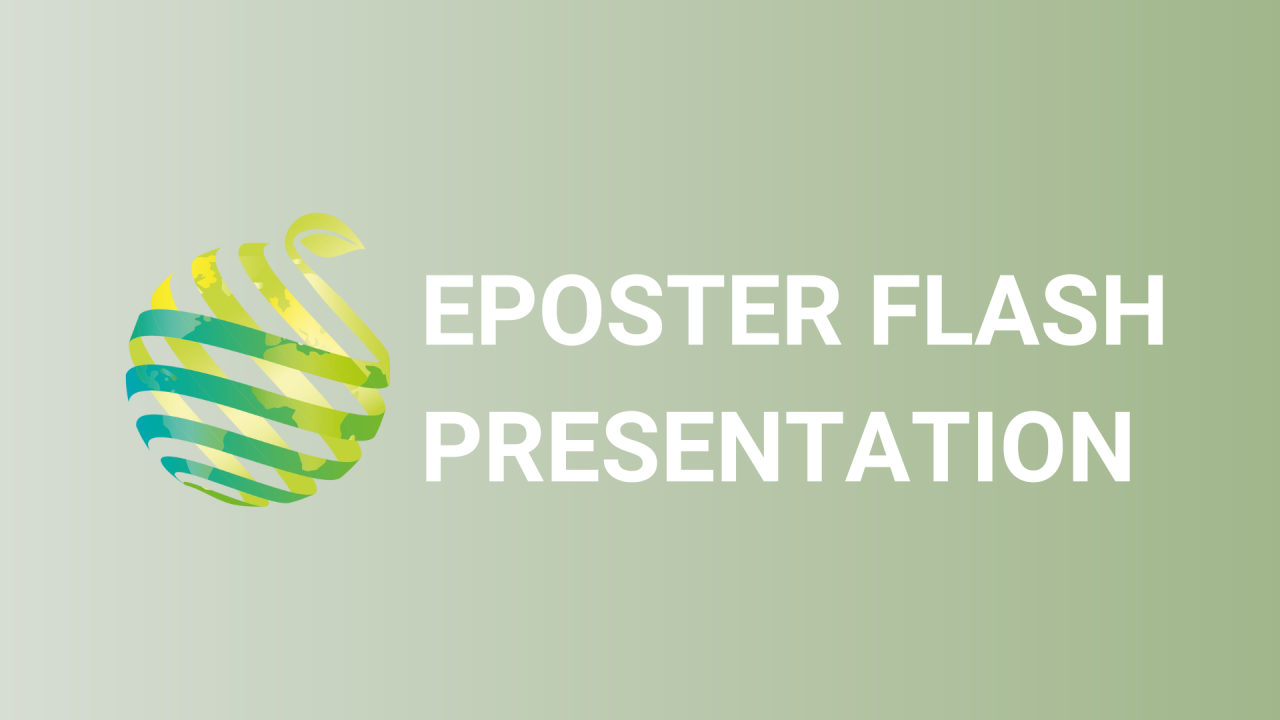

S04 - Session P1 - New Tools II - Coffee microspore cultivation to attain doubled-haploid stable plantlets
Information
Authors: Paula C. da S. Angelo *, Luiz Filipe P. Pereira, Gustavo H. Sera, Tumoru Sera
The aim of this study was to explore the potentials of progenies produced by the introgression of disease resistance from related Coffea species to C. arabica . In the IDR-Parana, Brazil, hybrids of C. arabica (tetraploid) x C. racemosa (diploid) were obtained. Self-pollination of some of these hybrids produced very mild yields, despite the backcros to C. arabica . In an attempt to regenerate stable double-haploids, anthers and isolated microspores were grown in vitro . It was assumed that chromosomes captured in a microspore after meiosis can acquire homo and/or homeologous stability faster in vitro than in vivo. C. arabica anthers served as control. Flowers were collected when the young microspores were uninucleated, and disinfected with 8% active chlorine. Microspores were extracted in 90 mM mannitol using a food mixer that worked for a few seconds, washed and centrifuged twice at 100xg and grown in modified N6 liquid medium (10 5 cells/mL in 35 mm diameter plates). Explants were grown continuously for six months on the same N6 medium containing 6.5 mg/L auxins, 1.0 mg/L cytokinins and 0.5 mg/L gibberellin (GA3), at 27 o C in the dark. Isolated microspores produced embryo-like structures or microcalli at very low frequencies (0.3 per plate). The anthers, on the other hand, produced embryogenic calli . One particular endogenous fungus infected 70% of the control anthers but 5% produced friable calli . Some of these were embryogenic, but arrested when compared to calli produced by the interspecific hybrid anthers. Regarding the hybrid anthers, 25% were infected by a same endogenous bacteria but 8% produced embryogenic tissue, with globular embryos multiplying and maturing simultaneously upon transfer to N6 medium without growth regulators. After 1.2 years, the photomorphogenesis has been induced under light, and auxin/cytokinin ratio = 2 plus GA3. Embrapa Cafe 10.18.20.035.00.05.